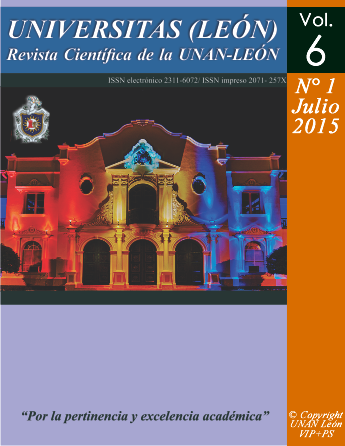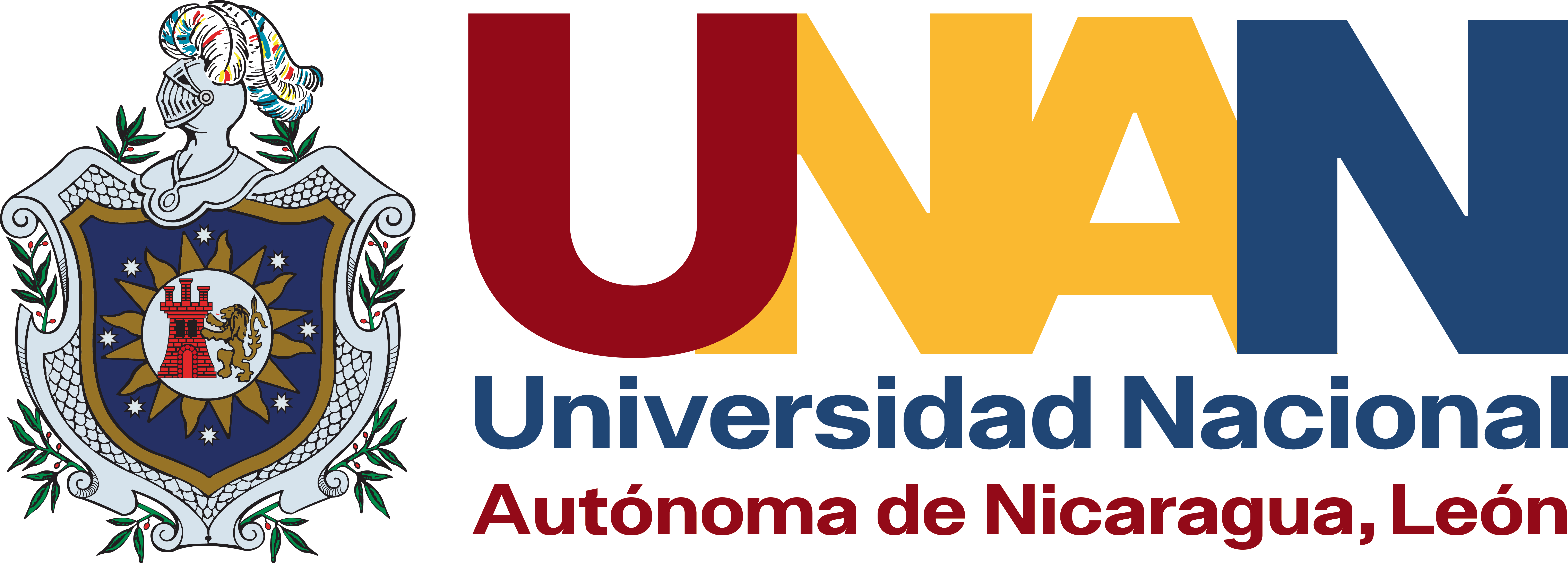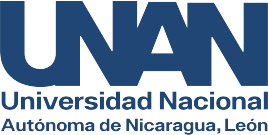Growth of litopenaeus vannamei shrimp in juvenile stage in two feeding systems: 1.- commercial diet combined with molasses and 2.- commercial diet mixed with semolina and molasses
DOI:
https://doi.org/10.5377/universitas.v6i1.13845Keywords:
Shrimp farming, Molasses, Semolina, IncreaseAbstract
In shrimp farming, commercial feed represents 60% of the production cost, with this research we tried to obtain an alternative to reduce production costs with the application of a nutritional supplement based on a diet ration of 80% commercial feed and 20% commercial feed. combination of semolina and molasses. This research aims to determine the growth of Litopenaeus vannamei shrimp in the juvenile stage in two commercial and experimental feeding systems. This study was carried out at the facilities of the Marine and Aquaculture Research Laboratory (LIMA) of UNAN–LEON. In the experiment, 6 plastic containers were used, we planted 12 organisms (in one repetition) applying the commercial diet and in the other battery with the same number of organisms the experimental diet was given. With respect to physical-chemical factors, temperature and pH remained at their optimal values, growth in the experimental system was 9.33 g and in the commercial system 7.45 g, obtaining a value of p>0.05 , which indicates that there is a significant difference between both treatments, with a survival of 100% in both systems. The productive yield in the experimental system was 4,600 Lb/ha and the commercial system was 3,600 Lb/ha.
Downloads
References
Auro, A. Ocampo C., L. 2006. El Libro del Camarón. Editores, México, D.F 303 pp.
Bardach J.E., (1997) Sustainable aquaculture. John Wiley and sons, Inc. USA. 87 pp.
Bermúdez, Adriana; Néstor Hernando Campos y Gabriel R. Navas S. (2002) "Litopenaeus vannamei"; N. Ardila, G. R. Navas y J. Reyes. (Eds.) Libro rojo de invertebrados marinos de Colombia: 110-112. Bogotá: INVEMAR. Ministerio de Medio Ambiente, Colombia, Bogotá.
FAO publications related to aquaculture for Nicaragua. Managua, Nicaragua 2009.
Herrera C y E. Martínez, 2009. Guía para el componente curricular CAMARONICULTURA de la Carrera de Inge-niería Acuícola, Universidad Nacional Autónoma de Nicaragua, León, 25-30 pp
Lawrence, A.L., J. P. Mc Vey, y J.V. Huner. 1985. Penaeid shrimp culture. En: J.V. Huner and E. Evan Brown (eds) 1985. Crustacean and Mollusk Aquaculture in the United Stated. AVI Pub. 130 - 135 pp.https://doi.org/10.1007/978-1-4684-1503-2_3
Martínez 2012. Crecimiento de camarones Marinos Litopenaeus Vannamei en estanques de concreto. Laboratorio de Investigaciones Marinas y Acuícolas (LIMA). UNAN - León. León Nicaragua.
Martínez E. 2012 Folleto de organismos acuícolas. Prof. Dr. Evenor Martínez G. Ingeniería Acuícola. Facultad de Ciencias y Tecnología, UNAN-León.
Tasa o factor de conversión alimenticia en el cultivo de camarón. Volumen 2- Ejemplar 03. Marzo 1997. Boletín NICOVITA. Edición Tumpis. Víctor Talavera vtalavera@alicorp.com.pe Dagoberto Sánchez dsanchezc@alicorp.com.pe Luis Miguel Zapata lzapatav@alicorp.com.pe. Lima, Perú.
Utilización de melaza en estanques de cultivo de camarón volumen 3 - ejemplar 03, Marzo 1998 Boletín NICO-VITA Camarón de Mar. Víctor Talavera vtalavera@alicorp.com.pe Dagoberto Sánchez dsanchezc@alicorp.com.pe Luis Miguel Zapata lzapatav@alicorp.com.pe. Lima, Peru.
Downloads
Published
How to Cite
Issue
Section
License
Copyright (c) 2015 UNIVERSITAS (LEÓN): SCIENTIFIC JOURNAL OF THE UNAN-LEÓN

This work is licensed under a Creative Commons Attribution-NonCommercial-ShareAlike 4.0 International License.
Copyright © 2025 Universitas (León), Revista Cientifíca de la UNAN-León. Academic Direction. Research Department. Publication and Scientific Event Unit.










